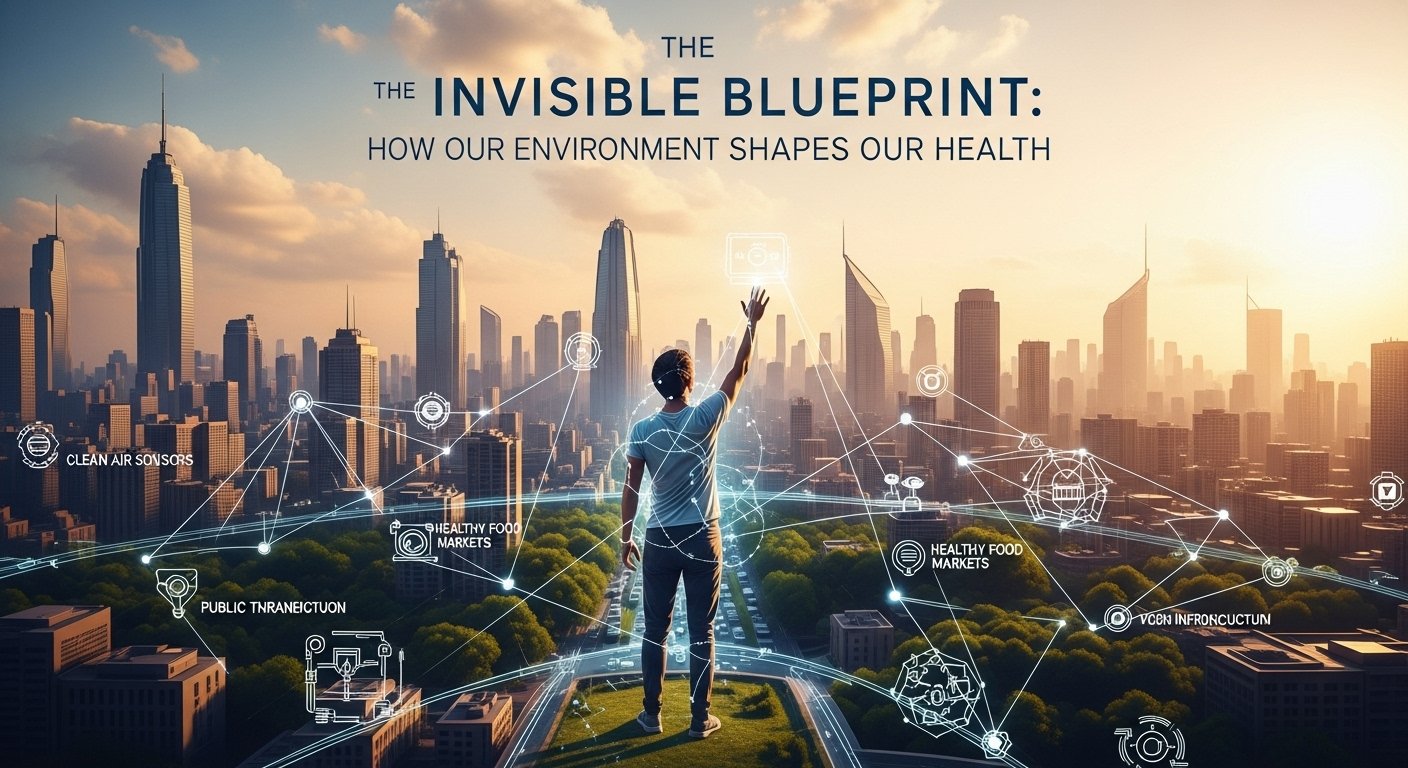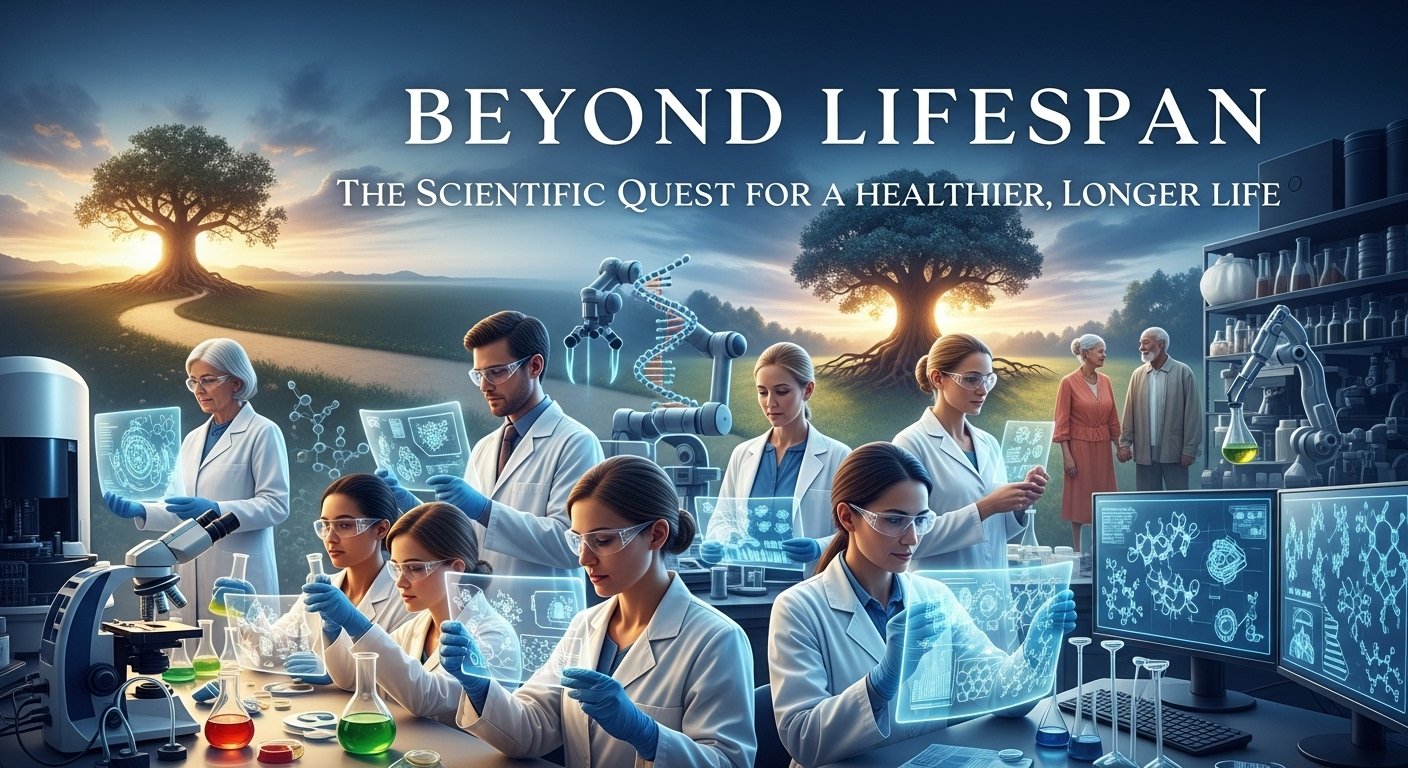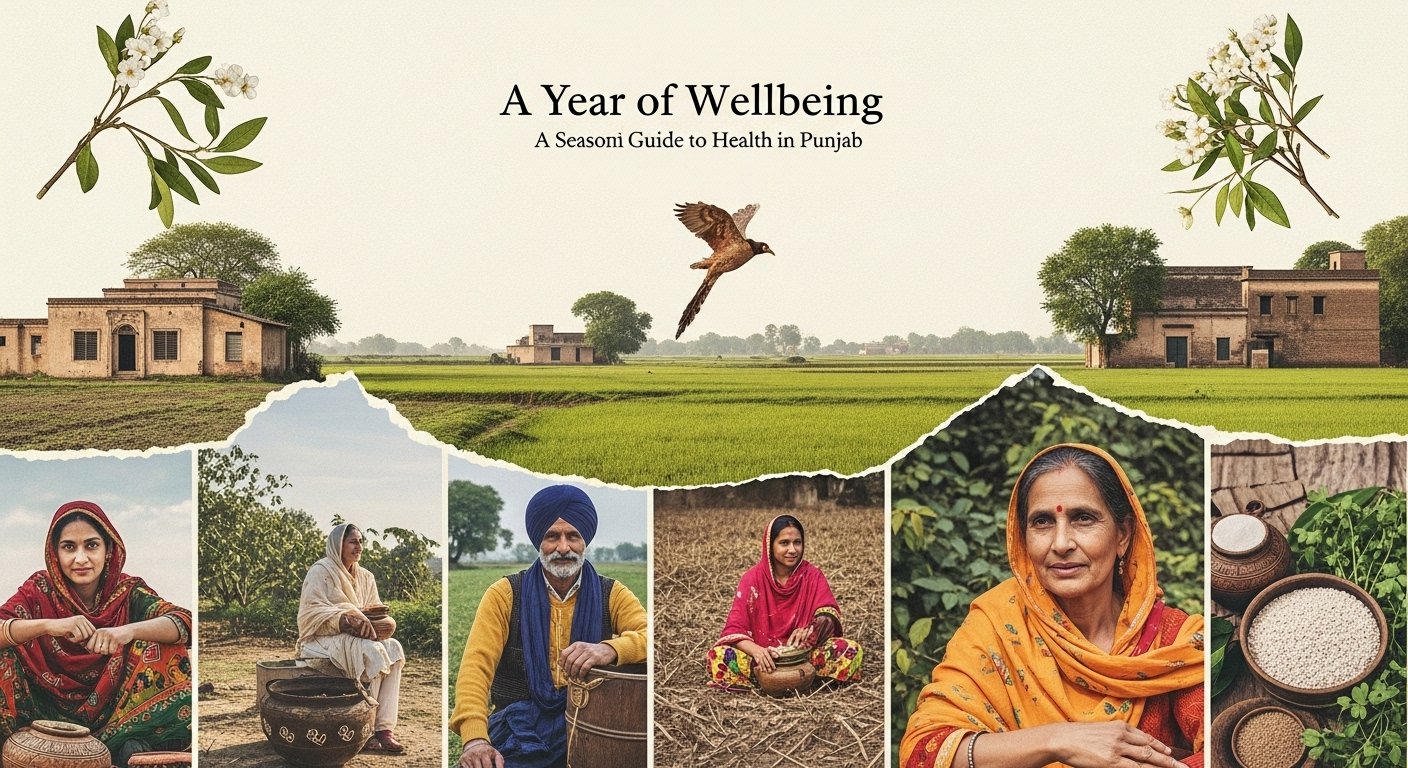For decades, the prevailing narrative of health has been one of intense personal responsibility. We are told to eat better, exercise more, manage our stress, and get enough sleep. The underlying message is clear: our health is a direct result of our individual choices. While these choices are undeniably important, a growing body of evidence in 2025 makes it clear that this narrative is dangerously incomplete. The single greatest predictor of our health is often not our genetic code or our willpower, but our ZIP code.
The most powerful forces shaping our wellbeing are the “social determinants of health”—the conditions in which we are born, grow, live, work, and age. These factors are the invisible blueprint that dictates our opportunities for a healthy life. To truly understand health, we must look beyond the individual and examine the societal structures that enable it or inhibit it.
Economic Stability: The Foundation of Wellbeing
Poverty is a potent and direct driver of poor health. The chronic stress of financial instability—worrying about rent, bills, and putting food on the table—is not just a mental burden; it is a physiological one. This stress floods the body with hormones like cortisol, which, over time, can lead to chronic inflammation, a weakened immune system, and a higher risk for virtually every major disease.
Stable employment provides more than just an income. It often includes access to health insurance, paid sick leave that allows a person to recover without losing wages, and a sense of purpose and routine, all of which are protective of health. Conversely, precarious work and unemployment are linked to higher rates of depression, anxiety, and cardiovascular disease.
Furthermore, economic status dictates access to the very building blocks of health. Food insecurity often forces a reliance on cheaper, calorie-dense, but nutrient-poor processed foods, creating a direct pathway to obesity and diabetes. Unstable or poor-quality housing can expose individuals to mold, pests, and other environmental hazards. Without a stable economic foundation, the advice to “eat a healthy diet” can be an impossible ideal.
Education and Access: The Power of Knowledge
Education is one of the most powerful social determinants. Higher levels of education are strongly correlated with longer life expectancy and better health outcomes. This is due to several factors. Education provides individuals with “health literacy”—the ability to find, understand, and apply health information to make informed decisions about their own care. This can be as simple as understanding a prescription label or as complex as navigating a byzantine healthcare system to find a specialist.
Education also opens doors to higher-paying, more stable employment, which in turn provides the economic resources to live in healthier neighborhoods and afford better healthcare. The link is cyclical and reinforcing: a healthier child is better able to learn, and a better-educated adult is better equipped to maintain their health throughout their life.
The Built Environment: Our Neighborhood, Our Health
The physical environment where we live exerts a constant and powerful influence on our daily choices and exposures. Public health experts often say that our ZIP code can be more important than our genetic code, and for good reason.
- Access to Healthy Food: The concept of a “food desert” describes a neighborhood where affordable, fresh produce is scarce or nonexistent. If the only available options are convenience stores and fast-food outlets, a healthy diet is logistically and economically out of reach for many.
- Safe Spaces for Activity: A neighborhood with well-maintained parks, safe sidewalks, and bike lanes encourages physical activity as a natural part of daily life. In contrast, communities that lack these amenities, or where it is unsafe to be outdoors due to crime or traffic, implicitly promote a sedentary lifestyle.
- Environmental Exposure: Living in close proximity to highways, factories, or industrial waste sites can lead to chronic exposure to air and water pollution, directly impacting respiratory and cardiovascular health. The quality of our immediate environment is inseparable from the quality of our health.
The Social and Community Context: The Power of Connection
Humans are social beings, and the strength of our social fabric has a direct impact on our health. Living in a cohesive, supportive community provides a buffer against stress and is associated with better mental health and longer lives. Social networks provide emotional support, practical help in times of need, and can reinforce positive health behaviors.
Conversely, social discrimination based on race, gender, religion, or other factors acts as a significant public health issue. Being the target of prejudice is a form of chronic stress that has been shown to lead to a host of negative health outcomes. A person’s overall health can be viewed as a complex interplay of these powerful forces:
Houtcome≈f(Genetics×Pchoice×Sdeterminants)
Where a Health Outcome (Houtcome) is a function of our innate Genetics, multiplied by the impact of our Personal Choices (Pchoice), which is itself profoundly amplified or constrained by the power of our Social Determinants (Sdeterminants).
Conclusion: Building a Healthier Society
Health is not created in the doctor’s office or the hospital. It is created in our homes, our schools, our workplaces, and our communities. While personal responsibility will always play a role, we cannot expect individuals to make healthy choices when they live in environments that make those choices difficult or impossible.
To build a truly healthy society, we must shift our focus upstream. We must move beyond simply treating disease and begin to address the root causes of illness. This means creating policies that ensure economic stability, equitable access to quality education and healthcare, and building safe, healthy, and supportive communities for all. True public health is a matter of social justice. It is the collective work of building a world where the healthy choice is the easy choice, and where every person, regardless of their starting point, has a fair and just opportunity to live a long, vibrant, and healthy life.



